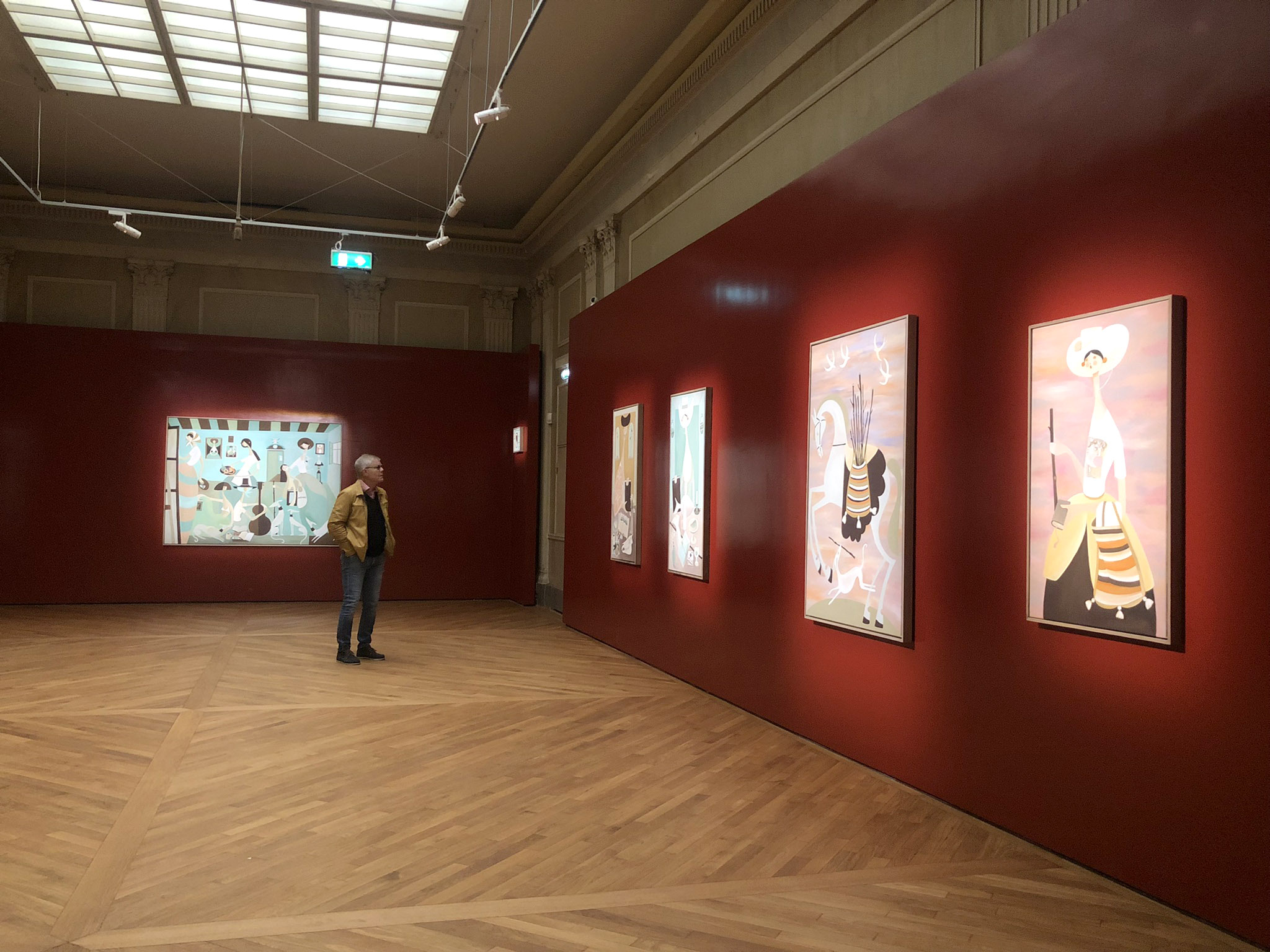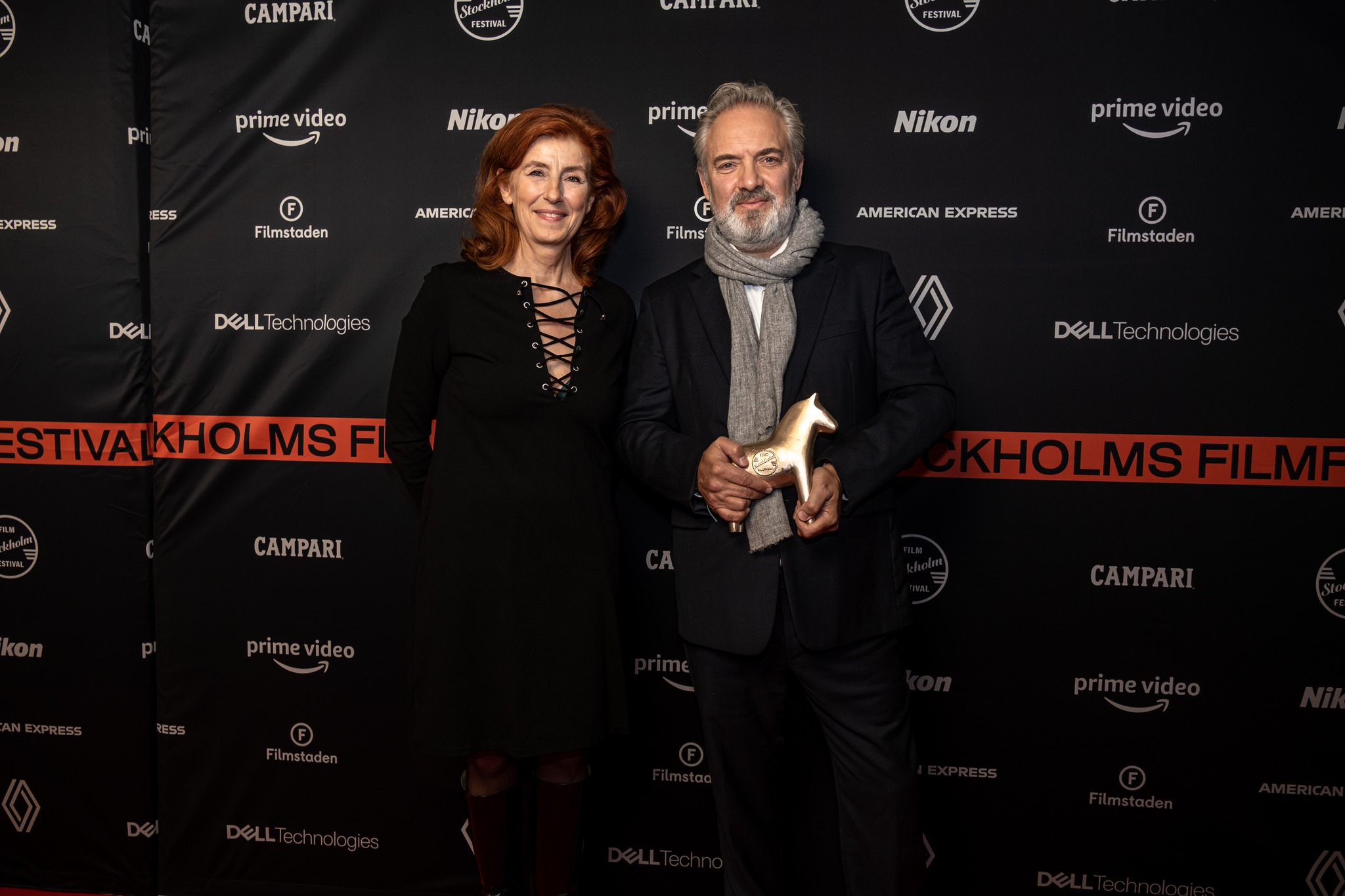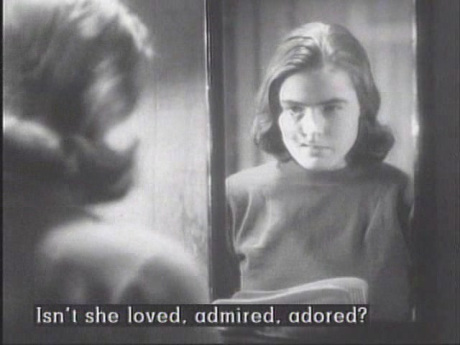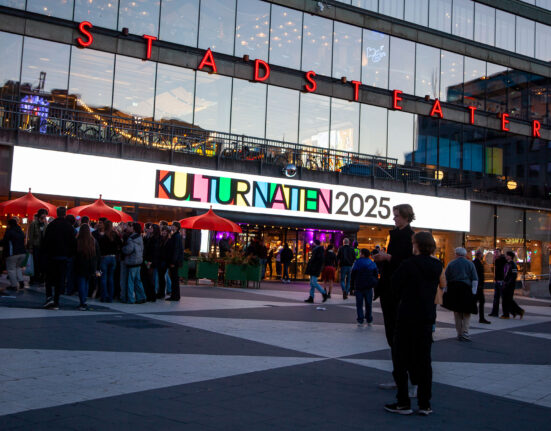Before Ingmar Bergman, before the Nordic Noir (and the Millennium Trilogy), and much before Snabba Cash, there was already a flaming film industry created by the Swedes. If you want to know a bit more of the roots of the Swedish film industry, here you have a few recommendations on the early cinema in Sweden, at the beginning of the 20th century. Stockholm has been a stage and capital for the development of Nordic cinema since The General Art and Industrial Exposition of Stockholm of 1897 until present times.
First of all, I need to admit that the early evolution of filming techniques in Sweden took me completely by surprise. There is no doubt that early Swedish cinema was deeply innovative from the start. The golden age of Swedish cinema in the early 20th century is a delight. If you want to check out some classic titles for yourself, here I will mention a couple of examples. If you have a chance to watch some of these old films from Sweden: one big thing that can become evident is that silent movies provided universality, but once actors started to speak in movies, this universality was to some extent killed by each particular language.
Swedish cinema emerged thanks to a number of people with profiles from the world of theatre and scenic arts. Among them, two men who came to create the greatest cinematographic works of that, back then, primitive art named cinema. Their names were Victor Sjöström and Mauritz Stiller and without any doubt they are the two greatest exponents of the Golden Age of Swedish Cinema, and to some extent the fathers of Swedish national film.
In the 1920s, we can find a piece of work like The Phantom Carriage (in Swedish, Körkarlen) based on the Nobel prize winning author Selma Lagerlöf’s book, also named Körkarlen from 1912. It was executed in 1921 by director Viktor Sjöström, and has clearly gained a place in the history of this national industry. It is a masterpiece that some could compare in importance to works of other internationally recognized directors like Fritz Lang at that time. Another element in this key film in history, is that it brings a thought-provoking perspective of human condition, it was concisely inspired by the intellectual elites of the age, that were closely tied to the economic performance of a nation during World War I.

Different government policies affected the performance in the industry, like taxes at that time, that could have negative or positive repercussions for the sector. At some point in their careers, the two most recognized Swedish directors at the time relocated: Mauritz Stiller and Viktor Sjöström moved to the U.S.A. in order to find better financial opportunities to continue creating in Hollywood, where they also became successful. There in California, Stiller ended up working with the Metro-Goldwyn-Mayer.
A big example of the innovations developed in Swedish cinema can be observed in Sjöström’s movie The Phantom Carriage. According to researcher specialist in world cinema Anna Westerstahl, Sjöström’s cinematographer Julius Jænzen “pushed the envelope of cinematic innovation through double exposure, producing haunting ghost‐like effects”, creating an impressive atmosphere that immerses the spectator completely in the screen. For that time the kind of hologram effects in the movie were really advanced. The narratives and moral dilemmas that can be found in these masterpieces are able to transcend time and place. This work is a consummated classic of the Golden Age of Swedish cinema.
Another recommendation, leaving behind silent movies, is from the year 1938: Gustaf Molander‘s film A Woman’s Face (En kvinnas ansikte). In my perception I was able to realize that this director had some links with the highly recognized precursors Sjöström and Stiller, as he has remembrances of them in his work. He actually started his career with them as a scriptwriter. In the movie the set was relocated for this remake to Sweden and northern parts of the country, so the film is conferred even with more dramatism to the scenes, as the light is different in the Nordic countries. In this incredible masterpiece, in which the main actress was an uglified Ingrid Bergman (with half of her face mostly burned).
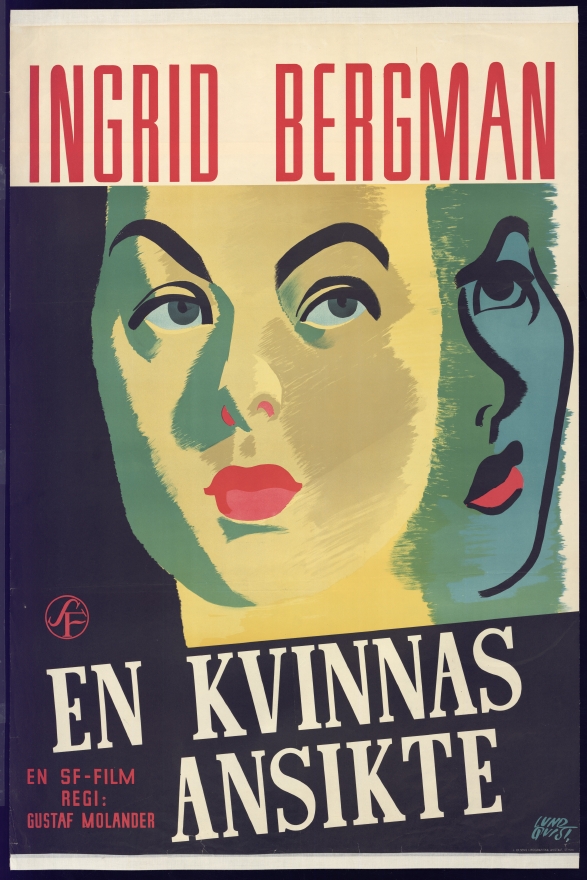
An intriguing movie, and my favourite scene, which I consider one of the oldest and riskiest action scenes that I have seen in a movie from that age, is when the horse runs away and it all leads to a tragic accident. I was impressed, and that scene is a must for everyone who loves films. I am almost sure that was the oldest action scene I have seen in my life, a really exciting and thrilling moment. In the movie Ingrid Bergman demonstrates what a sublime actress she is. The holistic nature of the movie, almost Gestalt, pushes one to take all filming aspects into consideration. Because somehow: as it is inside, it is outside. That factor could explain the protagonist’s transformation after her face surgery.
The history of Swedish cinema is a rich adventure, and a lot has happened since the Swedes started making movies. By now these above-mentioned pieces of art can give a good glimpse of the origins of this industry in the country, which later on would keep on evolving and being debated as if it is to be acknowledged as National Cinema. Sweden has also been the birthplace of film makers who became symbols of identity for Sweden, like the acclaimed Ingmar Bergman and several generations of artists that came in the 40s, 50s, 60s bringing a new school and new forms of film-making with diverse and more avant-garde perspectives.


